I love this time of year for plant ID. Plenty of plants have yet to flower so it can be something of a challenge at times.
Here are a handful from my wanderings round a couple of local meadows. One is a chalky environment, the other fairly damp.
Agrimony, Agrimonia eupatoria. Basal leaves are fairly similar to meadow sweet and wood Avens (less rounded than wood Avena). Can be used to treat diahorea and sore throats:
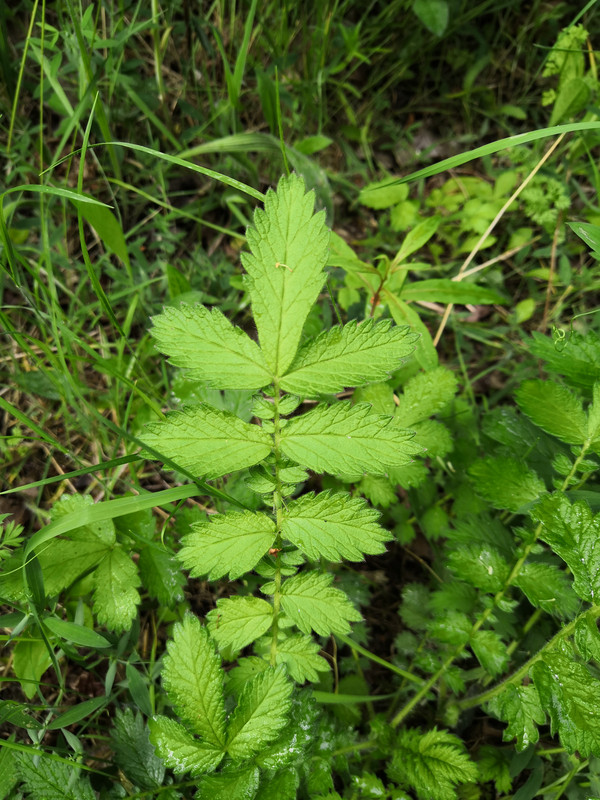
 postimg.cc
postimg.cc
Below is bittersweet, Solanum dulcamara, related to potatoes and tomatoes. Toxic.
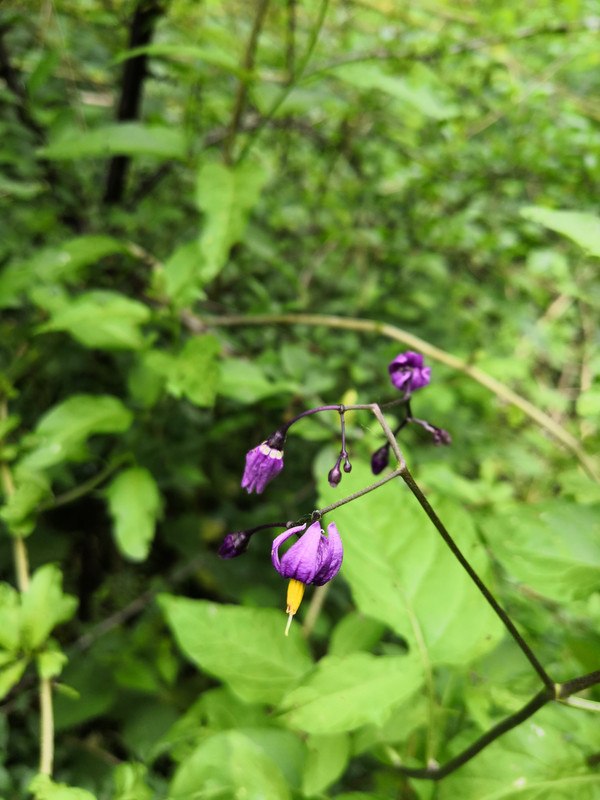
 postimg.cc
postimg.cc
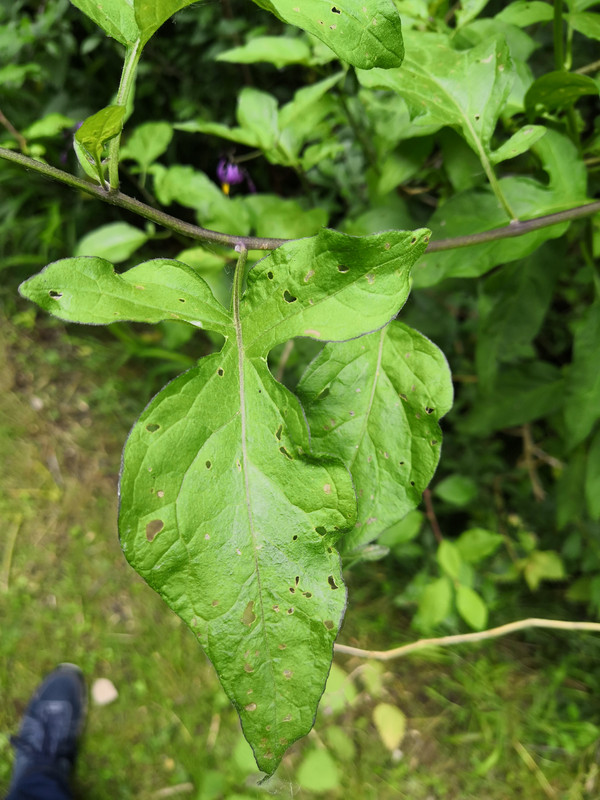
 postimg.cc
postimg.cc
Rosebay willowherb, Chamerion angustifolium. Plenty of edible uses, but not so obvious when not in flower. Leaf veins circle back on themselves at the leaf edges. Pretty sure it's not purple loosestrife, on the basis that I know the area and that Rosebay willowherb grows there:
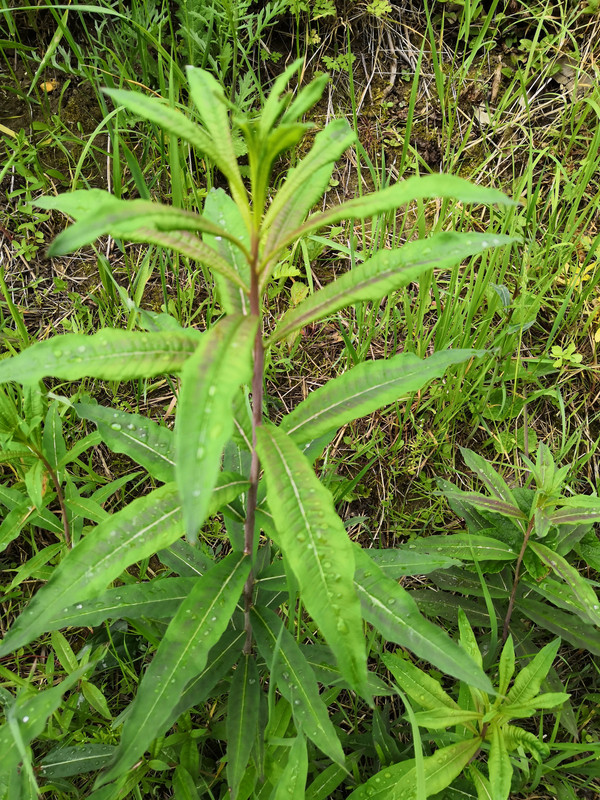
 postimg.cc
postimg.cc
Two plants here. The broad leaf was on a twining stem which may be Black Bryony. But I'm not sure. The 'grass' is common reed, Phragmites australis, which is edible. A clue was the previous years flower heads which droop preferentially to one side.
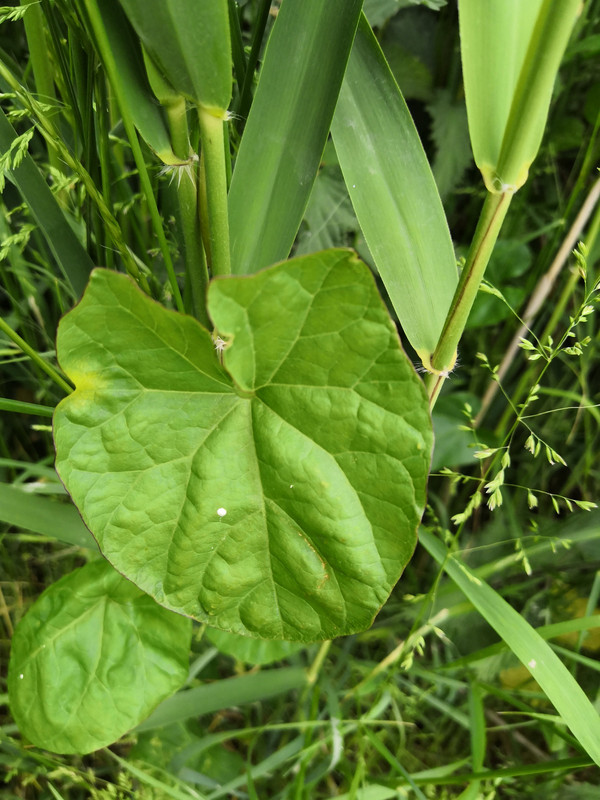
 postimg.cc
postimg.cc
Good old hogweed here:
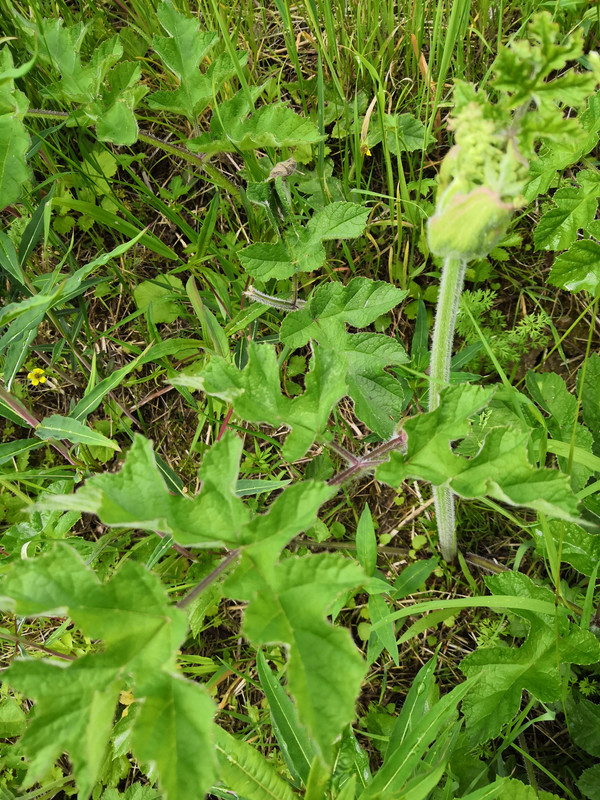
 postimg.cc
postimg.cc
Marjoram?

 postimg.cc
postimg.cc
Dogwood

 postimg.cc
postimg.cc
Some kind of cranes-bill
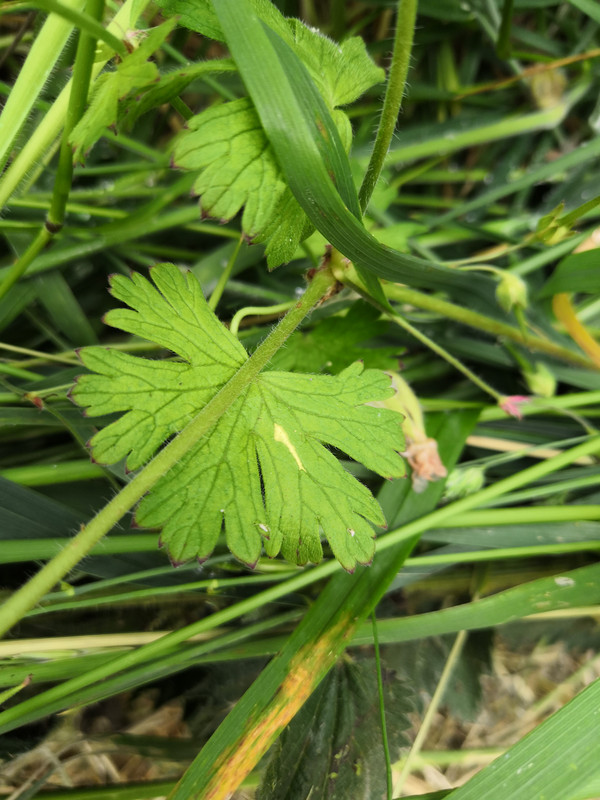
 postimg.cc
postimg.cc
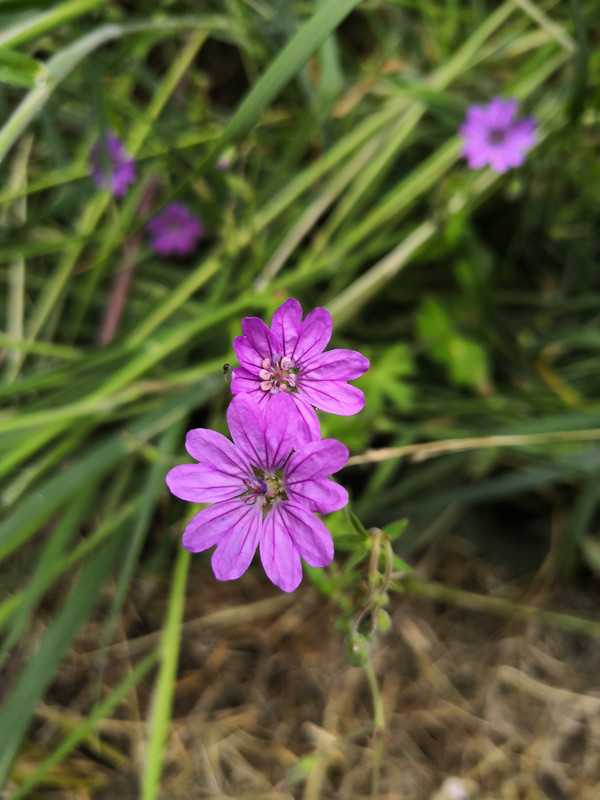
 postimg.cc
postimg.cc
This obscure plant was new to me, called yellow rattle, Rhinanthus minor
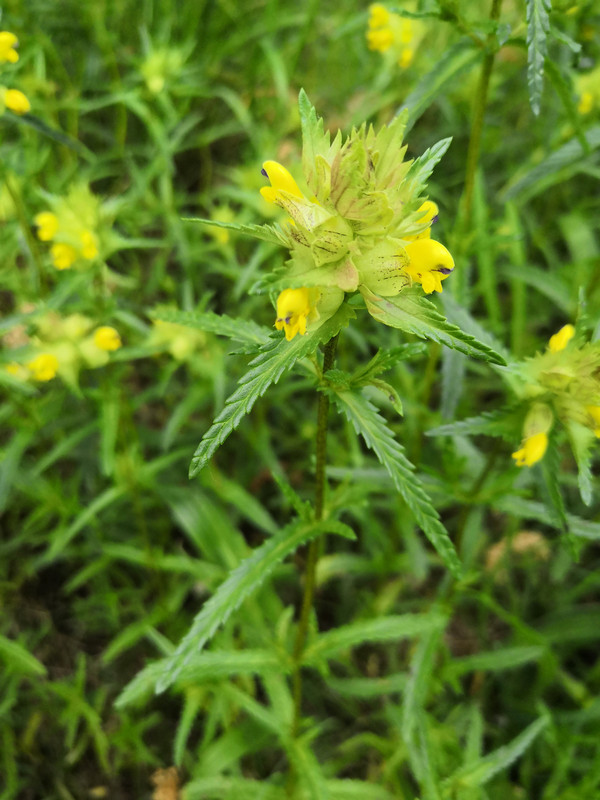
 postimg.cc
postimg.cc
Here are a handful from my wanderings round a couple of local meadows. One is a chalky environment, the other fairly damp.
Agrimony, Agrimonia eupatoria. Basal leaves are fairly similar to meadow sweet and wood Avens (less rounded than wood Avena). Can be used to treat diahorea and sore throats:

IMG 20220529 162736 — Postimages
Below is bittersweet, Solanum dulcamara, related to potatoes and tomatoes. Toxic.

IMG 20220531 123340 — Postimages

IMG 20220531 123348 — Postimages
Rosebay willowherb, Chamerion angustifolium. Plenty of edible uses, but not so obvious when not in flower. Leaf veins circle back on themselves at the leaf edges. Pretty sure it's not purple loosestrife, on the basis that I know the area and that Rosebay willowherb grows there:

IMG 20220529 162316 — Postimages
Two plants here. The broad leaf was on a twining stem which may be Black Bryony. But I'm not sure. The 'grass' is common reed, Phragmites australis, which is edible. A clue was the previous years flower heads which droop preferentially to one side.

IMG 20220531 122442 — Postimages
Good old hogweed here:

IMG 20220529 162327 — Postimages
Marjoram?

IMG 20220529 161949 — Postimages
Dogwood

IMG 20220529 161445 — Postimages
Some kind of cranes-bill

IMG 20220531 123540 — Postimages

IMG 20220531 123531 — Postimages
This obscure plant was new to me, called yellow rattle, Rhinanthus minor

